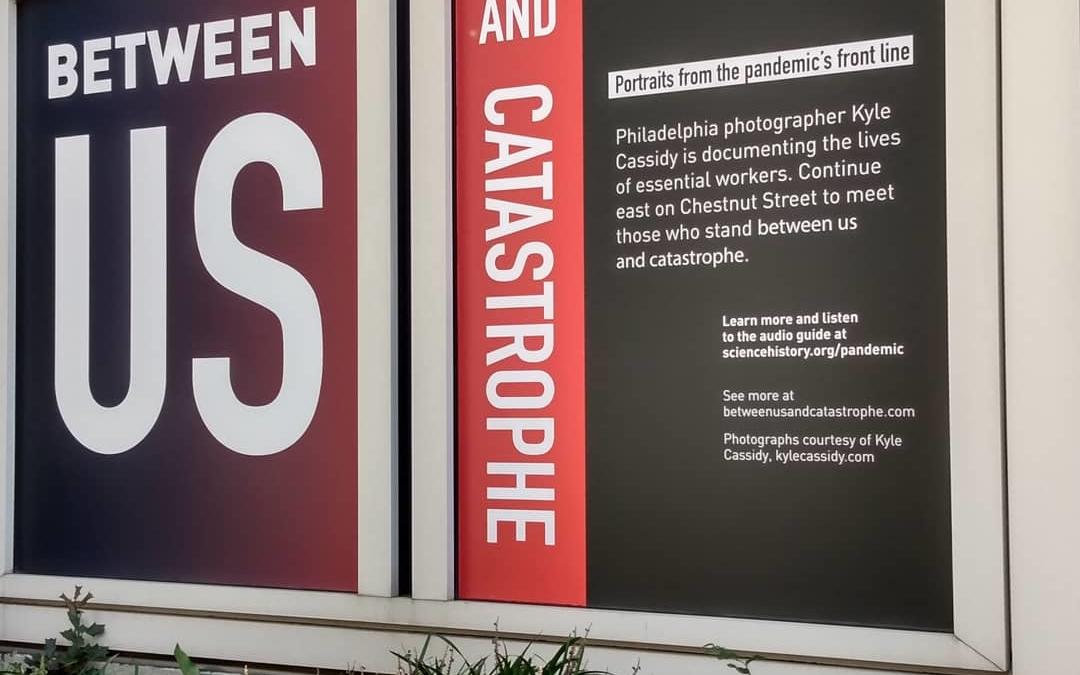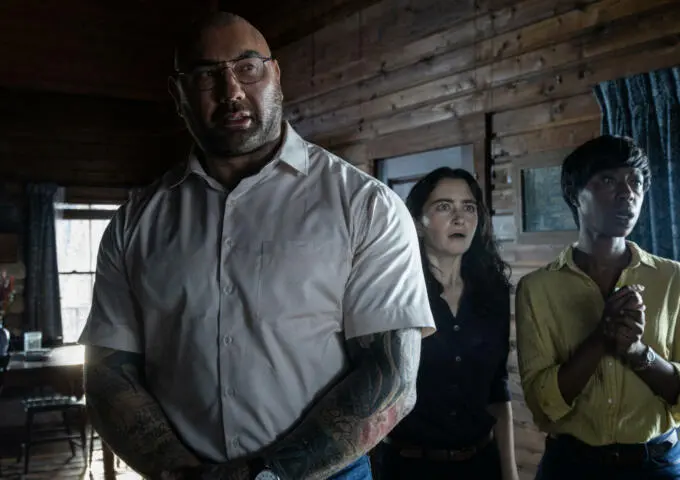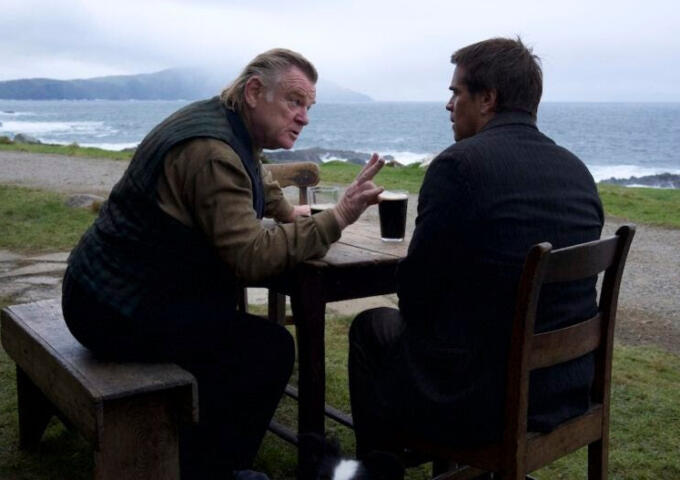By David J. Caruso, Guest Contributor
My grandfather, Frank Raggi, was born in New York City in 1914, the child of Italian immigrants. GPa, as we called him, often told us stories about what life was like when he was growing up: living through times of war; becoming a parent; life in “the city”; joys and sorrows; politics; culture; and how our family came to be. I remember many of his stories but have certainly forgotten more. GPa’s history now exists only in the memories of those who loved him. As a historian, I lament that no one sat down to record his life story before he passed away. Professional historians value these life stories for how they contribute to our understanding of the world, but these stories are often not captured or preserved. They are also the stories many of us wish we had to understand our pasts and to inform our futures.
Much has happened to all of us in the past few years with the first pandemic in over a century. We adjusted our lives to safeguard those around us, which brought hardship in innumerable ways. In the years to come we will all remember the pandemic, but as we make more memories, others will become blurred or forgotten altogether. So what can we do about that? How can we keep those memories vivid and alive? The answer to all those questions is the practice of oral history, a historical method for preserving life stories for future generations.
Recording an oral history isn’t as simple as sitting down with someone and hitting record; it requires forethought and planning. What follows are some tidbits to consider if you want to record an oral history interview with family and friends.
- Map out the logistics. Figure out who you want to interview and what you want to interview them about. Do you want to conduct a full life history (from earliest memories to today) or do you want to focus on specific events, like the pandemic? What questions will you want to ask and what topics will you want to cover? (Hint: write all the questions and topics down.) Most oral history interviews last several hours. Do you and your family member or friend have large blocks of time to devote to the interview, or will you need to break things up into multiple shorter sessions? Will the interview be virtual or in person? If the former, are you and the interviewee comfortable using video conferencing services and do you both have reliable internet connections? If the latter, where will you conduct the interview (a little more on that below)? Think through as much as you can about what you’d like the interview experience to be before doing your first interview. Don’t worry, though: we all make mistakes and we correct for them the next time we conduct an interview.
- The interview setting. Regardless of whether you are conducting the interview virtually or in person, think about your surroundings (and the interviewee’s surroundings if virtual). Many audio recorders (whether a computer or a handheld device) do not distinguish among the sounds they pick up. If you are conducting an interview in the middle of a construction site, or if there is a woodpecker tapping on a tree outside a window, or if you are sitting in a squeaky chair, those background noises that we normally filter out when listening to someone speak will be captured on the recording device and may affect the quality of playback. You don’t need to be in a soundproof room, but try to reduce noise as much as possible. Also, regardless of the type of device you are using to record the interview, practice with it as much as possible before you use it for your first interview.
- Conducting the interview. First and foremost, remember to hit record (I know it seems silly to mention, but sometimes we get so wrapped up in hearing people’s stories that we forget!). Before the interview begins, state who you are, who you are interviewing, and the full date — do this to make sure that any future generations who listen to your interview know who is participating (digital files can accidentally be re-named, and physical labels can fade or fall off over time). Ask your questions one at a time and avoid yes or no questions — you’ll get yes or no answers and will have to ask a follow-up question for clarity.
- Preservation. Digital files (audio and video) take up a lot of space. Make sure you have enough storage for the recordings. And make a secure backup of all your files. If you save everything on one computer and that computer crashes, those stories will be gone forever.
Conducting oral history interviews is a wonderful way to capture the stories of family and friends for future generations. Sit back, listen, and enjoy being regaled with lived history (but only after you hit record!).
If your schedule permits, I highly recommend taking some time to participate in a training workshop on oral history (especially to learn more about the legal and ethical aspects of interviewing). If you’d like more information about oral history, consider checking out what the Science History Institute, Oral History in the Mid-Atlantic Region, and the Oral History Association have to offer.
David J. Caruso
Director, Center for Oral History
Science History Institute




